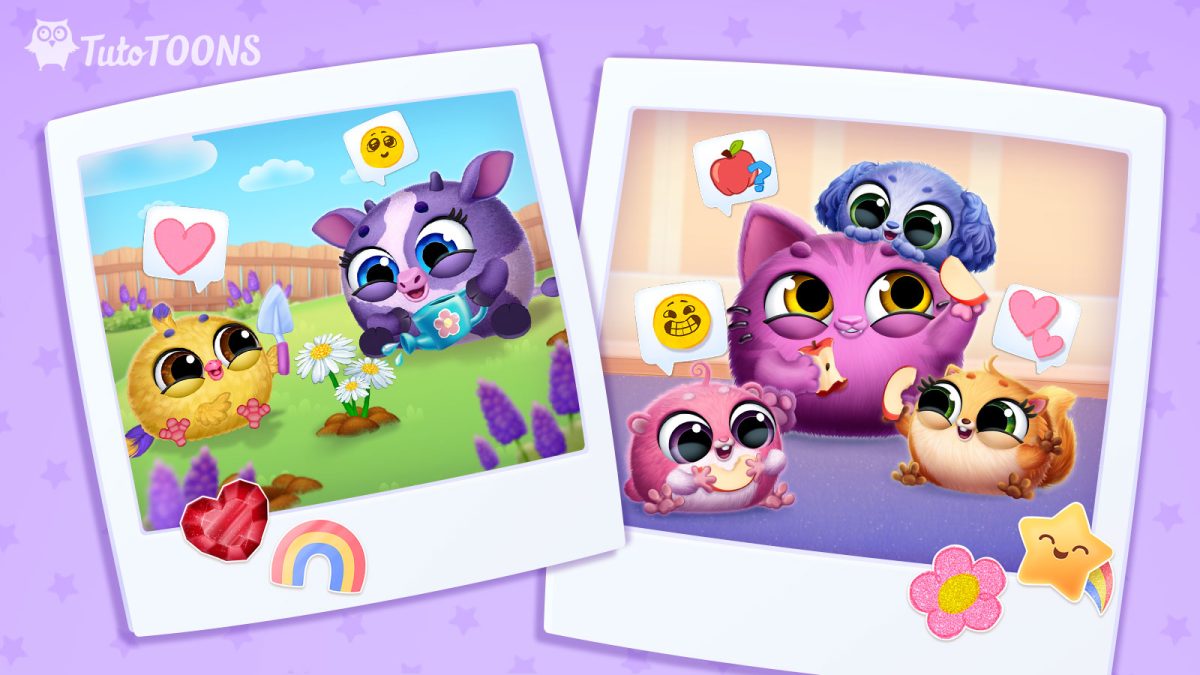
Did you know that nurturing gratitude from a young age can lead to a happier and more fulfilling life? When kids learn to appreciate what they have instead of focusing on what they don’t, it brings them a sense of contentment. It also helps them develop inner strength and resilience, enabling them to overcome challenges. Plus, it boosts social skills by nurturing compassion towards others. Isn’t it amazing?
Let’s dive into 10 practical tips on how to teach kids experience and express thankfulness:
1. Be a role model
Kids look up to their parents, so you can set an example by showing appreciation for the people around you. Take the time to thank a shop assistant, a helpful neighbor, or someone who holds the open door for you. And remember to include the little ones! Showing gratitude to children not only reinforces their good behavior but also lets them know just how much they’re valued.
2. Take time to reflect
Share with your kids what you’re grateful for. It could be something you appreciated during the day or just a general gratitude for your health, family, and the things that bring you joy.
3. Have a chat
To help kids understand gratitude, it’s helpful to have a conversation about how showing appreciation affects others. Ask your child how they feel when someone is kind or says thank you, as well as when they don’t. By discussing their own emotions, they’ll gain a deeper understanding of how their actions impact others.
4. “Thank you for…”
Encourage your little ones to express their appreciation verbally. One way to do this is by teaching them to say “Thank you for…” and adding a quick explanation of why they feel thankful.
5. Discover unique ways to give back
Help kids express gratitude in their own way. Besides saying “Thank you”, there are numerous other great ways to show appreciation. How about giving a smile or a thumbs up, creating a cool drawing, or sharing a warm hug?
6. Give kids credit
Remember to acknowledge when your child shows gratitude all on their own. It really helps them recognize all the things they can be thankful for and learn to embrace that feeling of gratitude.
7. Create gratitude rituals
Establish daily, weekly, or monthly rituals that inspire gratitude. How about a gratitude jar? Each family member can write down something they’re grateful for and drop it in. Later, you can gather and read about all the fantastic daily moments.
8. Turn bedtime into a gratitude time
When you’re tucking your child in at night, take a moment and ask them about three things they’re grateful for today. And don’t forget to share your own three things too! This beautiful ritual will help you both end each day on a happy note.
9. Volunteer together
Volunteering as a family is such a wonderful way to teach empathy and nurture your kid’s sense of gratitude. By involving children in acts of kindness, you not only teach them the importance of giving but also show how their actions can make a real difference in the lives of others.
10. Cherish social connections
Inspire kids to take a moment and reflect on the people around them – helpful teachers, friends, or neighbors. It’s a great way for them to discover and cherish their connections with others.
Teaching gratitude is a continuous journey that requires time and patience. Just keep being consistent in your efforts because it’s absolutely worth it – it equips kids with the tools to lead more fulfilling lives. You’re doing an amazing job!
